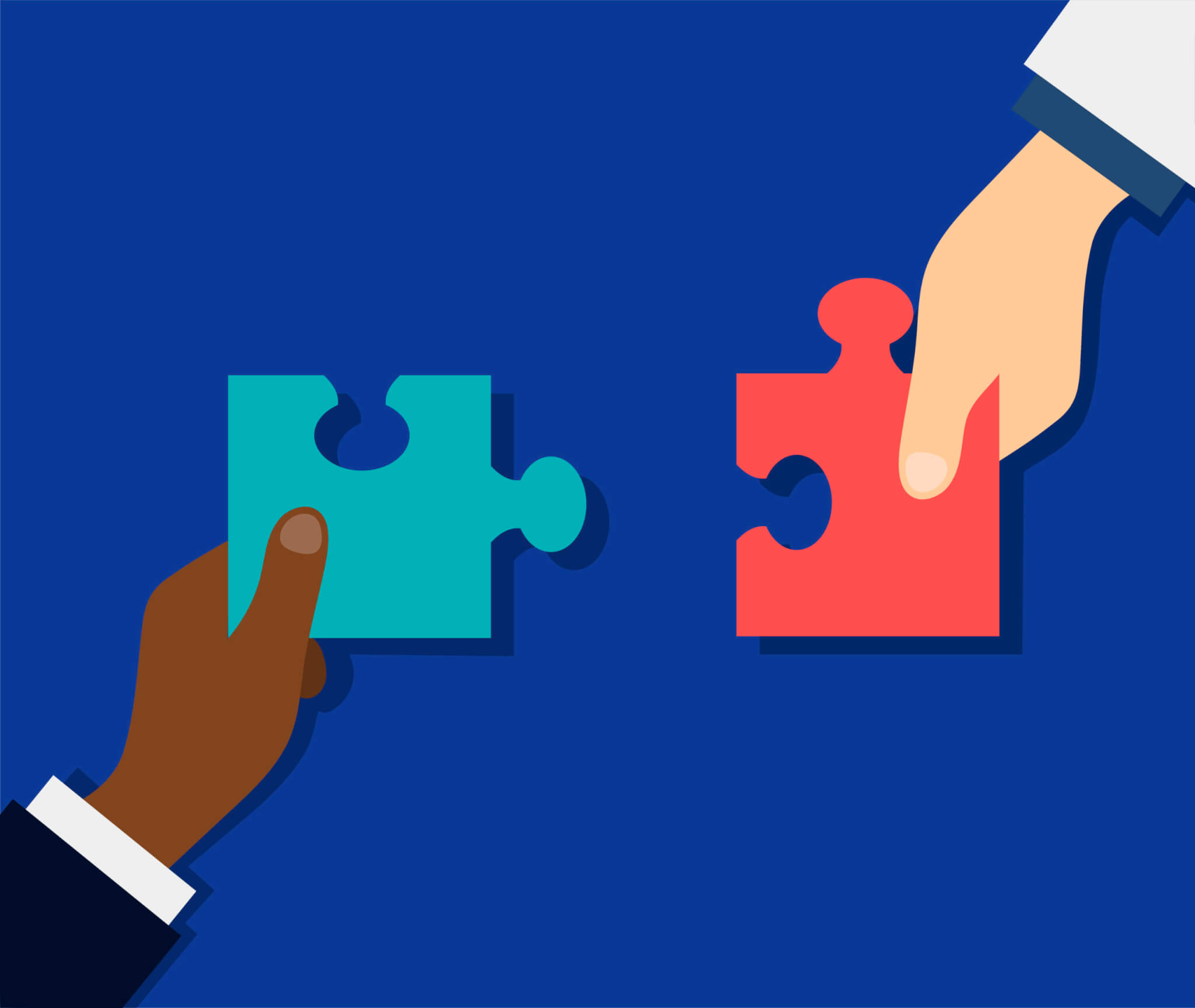Working with strategic partners is one of the most valuable ways to drive brand loyalty, foster engagement with existing customers, and reach new ones. But identifying the right partner is a bit like dating – sharing common interests and values are a great starting point and aligning on expectations before getting too deep into the relationship will benefit both parties in the long run.
Coyne PR helps clients in various capacities along this journey, from amplifying existing partnerships to recommending partners and developing the activations that maximize value. Let’s examine some key factors that may help you evaluate your next partnership.
Eyes on the Prized Partner
Are you looking to raise brand awareness? Introduce a product? Reinforce category expertise? Reach a niche demographic? There’s a partner for that. “Partnership” is a fairly broad term encompassing brands, non-profits, organizations, academic institutions, specialized experts and influencers.
Before reaching out to anyone, it’s critical to identify the goal of the partnership. It sets the stage for the nature of the relationship, lays the groundwork for the guiding strategy, and helps weed out or help zero in on potential partners. Also think through the duration – is the goal a limited time offer, an extensive campaign, or a multi-year program? Coyne uses a “results first” framework with clients; we’ve found that asking a lot of questions upfront can avoid people searching for answers later.
A Match Made in Insights
Once you figure out your goals, it’s time to take a deeper look at prospective partners. Beyond like-minded audiences, goals, and values, understanding consumer behavior can take a collaboration to a whole new level of success.
For instance, we know people who work out generally tend to eat healthier. Faced with the challenge of getting health-conscious consumers to consider choosing more nutritious Eggland’s Best eggs, Coyne PR went in search of a partner that would build brand awareness and drive trial for our client. While digging through potential partner consumer research and data, we uncovered that two out of three members at Life Time gyms go grocery shopping after visiting the gym. Bingo. Not only did this potential partner check the boxes on common interests, values, and potential to reach a shared target demographic, this insight revealed we could reach consumers at the exact moment when purchasing healthier products like Eggland’s Best was top of mind. The team built a robust program with multiple touch points, including a program with customized coupons to drive trial. The partnership ended up being one of the most successful campaigns for both Eggland’s Best and Life Time, resulting in a 16.5% coupon redemption rate.
Leveraging Assets
Beyond the traditional cross-promotion efforts (PR, social media, and advertising), the right partner can bring their unique set of assets to add value.
One example is a partnership we proposed and implemented for our client Castello Cheese, a brand that continually looks for ways to educate consumers on Havarti cheese. The target audience for Castello over-indexes on the use of charcuterie boards and DIY projects. We combined both interests into a partnership with Board & Brush Creative Studio, a company that organizes workshops for DIYers around the United States, Canada, and Japan (we utilized the U.S. system for this campaign). The Castello and Board & Brush target audience overlapped perfectly.
The initiative called on consumers across the country to attend Board & Brush cheeseboard workshops where they had the opportunity to discover Havarti along with other Castello varieties while learning how to create their own custom cheese tray. Castello Havarti was able to utilize the large, built-in network of Board & Brush to deliver its message and encourage trial. For Board & Brush, the partnership provided attendees with a unique workshop experience that helped drive additional foot traffic.
Commit to Collaboration
Just as you know your brand better than anyone, so does your partner about their brand. Accept and embrace this fact. This means being open to compromise, to doing things slightly different than you’re accustomed to, or moving in different directions than initially anticipated (which is perfectly fine if it continues to meet your original objective).
At Coyne, our goal is to be an extension of a client’s internal team. Likewise, you and your partner should work as one team. Keep an honest and open dialogue. Communicate frequently. Be respectful of each other’s internal structure and timing for approvals.
As part of our ongoing work with Just Born’s PEEPS® brand, Coyne provides media relations and social media support for the brand’s limited-time partnerships during the Easter season. Past collaborations include a who’s who of iconic brands in their own right – Oreo, Kellogg’s, Dunkin’ and Crocs, to name just a few. In every instance, our PR and social media teams collaborate with the corresponding brand team, melding together best practices, creative muscle, and media relationships to drive attention.
Watchouts and Pitfalls
We can all agree that even the most thoughtfully designed program will encounter a hiccup or two along the way. It’s no different with partnerships, but there are steps that can reduce the risk.
When vetting partners, brands should be clear about their expectations and ensure partners can deliver on the established objectives. Ask for case studies, sample content and referrals to better understand expected results and the experience of working with the potential partner.
If partnering with an individual, a thorough audit can help reveal any potential issues. Take note of your initial communications with the partner and most importantly, listen to your gut. Whether it’s a question of culture compatibility or issues that may arise later down the line, if something feels off, chances are it is. A partnership can leave lasting impressions – both good and, unfortunately, sometimes bad.
Avoid the trap of the “shiny new object” syndrome, where you jump headfirst into a partnership without proper vetting or collaborating for the wrong reasons. Wrong reasons include, “They get lots of press!” (But does the partner even match your brand’s message?) and “Everyone I know knows them!” (But is everyone you know the target audience for your brand?) Unfortunately, shiny new object syndrome will inevitably increase your chance of heartbreak, to use our dating analogy.
Once a partner checks all the boxes, make sure to establish ownership roles ahead of time. Confusion over who is owning what during the execution phase can impact timelines, budgets, and the overall success of the campaign.
Finding the right partner may seem like a lot of work. That’s because it is. But the right partner paired with a well-executed plan will without a doubt deliver great results and set a blueprint for successful collaborations in the future. To end with our dating analogy, the result will be true love for everyone involved.
For more insight into this topic, please check out our recent podcast with PRovoke featuring Jackie Peskin, Vice President at Coyne PR and Dave Holdsworth, Vice President of Marketing at Eggland’s Best.





